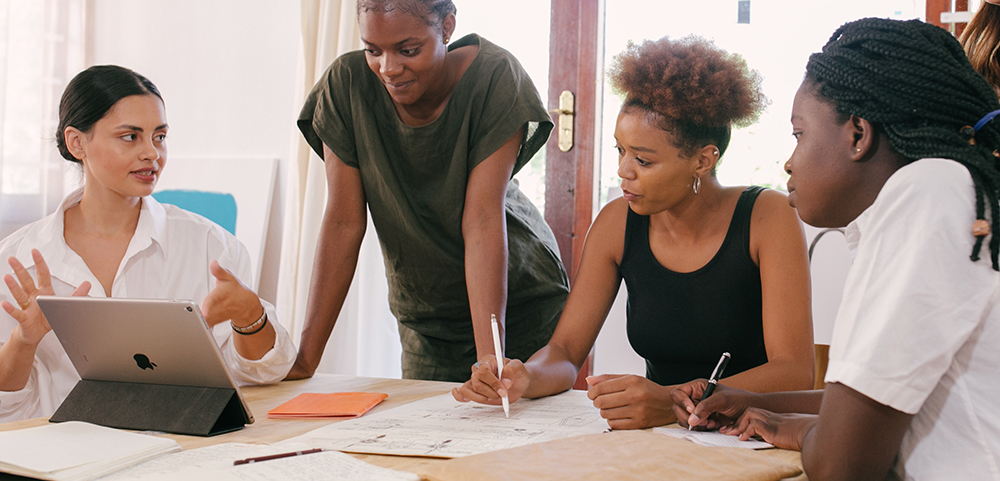
Kezia M’Clelland focuses on Viva’s in-depth expertise around collaboration, thinking about the benefits of working together on projects and the impact it can have on changing children’s lives.
Why collaborate?
Collaboration is at the heart of who we are as Viva, working together for children. We know that collaboration works – it’s central to everything we do to equip and support our partner networks.
A Biblical mandate: The body of Christ is demonstrated when we work together, each bringing what we have to offer, looking towards our shared, rather than individual impact (1 Corinthians 12). We seek to work together in love (Ephesians 5:21) and we seek to show Christ through our unity (John 17).
We believe that collaboration creates lasting impact: that working together creates a multiplied and deeper impact, and longer-lasting, more meaningful change in children’s lives. This surely also applies to the way we work alongside one another as a team.
Viva’s Network Training Course reminds us, “Whether in a church family, a working group, an office, a project or a network setting, all of these require us to work alongside one another. When we do this out of an attitude of love, we can accomplish much more together than we could ever do on our own.”

What do we mean by collaboration?
Collaboration happens when people work together to achieve a shared goal – but it may take many forms. We may assume our understanding of collaboration is just like someone else’s, but in reality we probably all think of different things!
What makes collaboration successful? Key principles from network development:
- Collaboration must have a clear purpose: In our partner networks, we know that people can only come together effectively when there is a clear vision and purpose – so only arrange a meeting or ask for input when you know exactly what your purpose is, and when you can communicate clearly and simply what exactly you are asking for, and what the likely time commitment will be.
- Collaboration does not mean everyone doing the same thing: Just like different network members play different roles according to their expertise, capacity and resources, when we work together it could mean each person contributing a different skill or part of the project
- Collaboration can draw on resources outside the team: Sometimes collaboration looks like one person making a connection to an external partner or source of resources or knowledge, which can be shared with the whole team.
- Collaboration is something we will need to work on: Just like in our partner networks, working together effectively is not something we are automatically perfect in – when we fail we can learn from this and try again, knowing that it will be worth it.
With some other Viva colleagues, I’ve been looking at these principles that apply to network development and asking how we might use them within our global Viva staff team to work more collaboratively on different projects. We believe this is something we can be intentional about doing well!
We have created a flowchart to help Viva staff think through the most strategic points to collaborate during a project. Our hope is that it will result in other people and other resources being brought into projects in good time, and help projects to be streamlined, impactful, relevant, and engaging for those developing them.
Are these guidelines you could also learn from and act upon in your own workplaces?
Kezia M’Clelland is Viva’s People Care & Culture Manager, and Children in Emergencies Specialist
